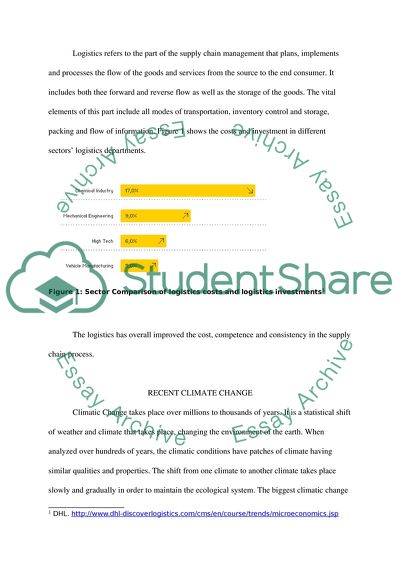Cite this document
(The Concepts and the Importance of Logistics in Our Global World Coursework, n.d.)
The Concepts and the Importance of Logistics in Our Global World Coursework. Retrieved from https://studentshare.org/logic-programming/1566116-the-impact-of-climate-change-on-logistics-management
The Concepts and the Importance of Logistics in Our Global World Coursework. Retrieved from https://studentshare.org/logic-programming/1566116-the-impact-of-climate-change-on-logistics-management
(The Concepts and the Importance of Logistics in Our Global World Coursework)
The Concepts and the Importance of Logistics in Our Global World Coursework. https://studentshare.org/logic-programming/1566116-the-impact-of-climate-change-on-logistics-management.
The Concepts and the Importance of Logistics in Our Global World Coursework. https://studentshare.org/logic-programming/1566116-the-impact-of-climate-change-on-logistics-management.
“The Concepts and the Importance of Logistics in Our Global World Coursework”. https://studentshare.org/logic-programming/1566116-the-impact-of-climate-change-on-logistics-management.


